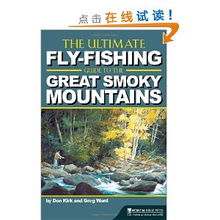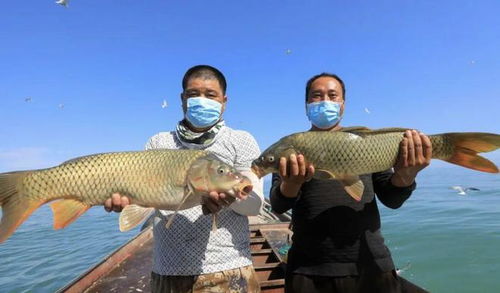Content:
Introduction: The combination of jump rope and fly fishing may seem like an unusual pairing, but both activities require a unique set of skills and techniques to excel. Whether you're looking to improve your fitness with jump rope or enjoy the serene experience of fly fishing, mastering these skills can elevate your experience. In this article, we'll delve into the essential techniques for both jump rope and fly fishing, providing you with a comprehensive guide to help you get started.
Section 1: Jump Rope Techniques
1 Proper Stance and Footwork: To start, it's crucial to maintain a stable stance. Stand with your feet shoulder-width apart, knees slightly bent, and your body balanced. Focus on a slight bend in your elbows to absorb the impact of the rope hitting the ground. As you jump, use a slight forward momentum to propel yourself off the ground, ensuring a smooth and rhythmic motion.
2 Rope Handling: Select a jump rope that is appropriate for your height. Hold the handles with a comfortable grip, allowing the rope to hang down naturally. Keep your wrists relaxed and let the rope swing freely. Avoid tensing your arms or pulling the rope too hard, as this can disrupt your rhythm.

3 Speed and Rhythm: Begin by practicing at a moderate pace, focusing on maintaining a consistent rhythm. Gradually increase your speed as you become more comfortable with the movement. Experiment with different rhythms, such as the classic 30-second jump rope, or try incorporating different footwork patterns to keep the workout interesting.
4 Advanced Techniques: Once you've mastered the basics, you can start exploring more advanced jump rope techniques. These include double unders, criss-crosses, and crossovers. Practice these techniques slowly at first, focusing on form and control, before gradually increasing your speed.
Section 2: Fly Fishing Techniques
1 Equipment Selection: To begin fly fishing, you'll need the following equipment: a fly rod, fly line, leader, tippet, and flies. Choose a rod that suits your fishing style and strength. The fly line should be appropriate for the type of fish you're targeting and the conditions you'll be fishing in. Leaders and tippets should be of the right length and material to match the flies you're using.
2 Casting Techniques: Casting is a fundamental skill in fly fishing. Start by practicing a basic forward cast. Hold the rod with a comfortable grip, and begin by bringing the rod back to your hip. As you bring the rod forward, allow the line to flow out smoothly, keeping your wrist firm and your arm extended. Practice casting in different directions and distances to improve your accuracy.
3 Fly Selection and Presentation: The choice of flies is crucial in fly fishing. Research the species you're targeting and select appropriate flies that mimic their natural prey. When presenting the fly, consider the water's flow, depth, and the behavior of the fish. Use a gentle, steady retrieve to imitate the movement of the prey.
4 Reading the Water: Understanding the water's characteristics is essential for successful fly fishing. Observe the currents, riffles, and pools. Look for areas where fish are likely to hold, such as structure or vegetation. Pay attention to the water's clarity and depth, as these factors can influence your approach and fly selection.
5 Knots and Tying Techniques: Mastering various knots is vital in fly fishing. The most common knots include the improved clinch knot, the blood knot, and the surgeon's knot. Practice tying these knots until you can do them quickly and efficiently. Ensure that your knots are secure and won't come undone under tension.
Conclusion: Whether you're looking to improve your fitness with jump rope or enjoy the tranquility of fly fishing, mastering the techniques involved can significantly enhance your experience. By focusing on proper form, rhythm, and equipment selection, you'll be well on your way to becoming a proficient jump rope athlete or a skilled fly fisherman. Remember to practice regularly, stay patient, and enjoy the process of learning and improvement. Happy jumping and fishing!












